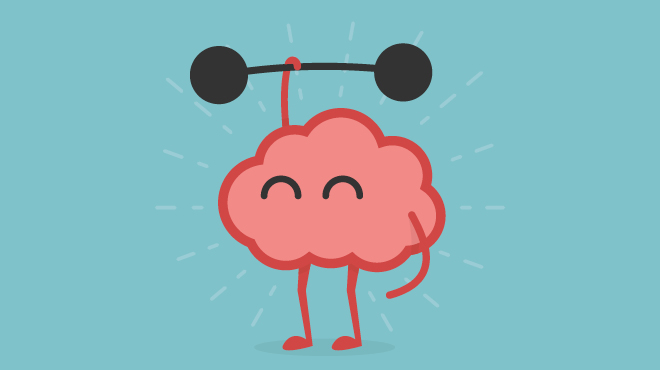Ancient civilizations, such as the Egyptians and Chinese, recognized its therapeutic properties and incorporated it into their traditional medicine practices. However, it wasn’t until the 20th century that cannabis became stigmatized due to political and social factors. Today, cannabis is primarily used for its psychoactive effects. The plant contains over 100 chemical compounds known as cannabinoids, with the most well-known being tetrahydrocannabinol (THC) and cannabidiol (CBD). THC is responsible for the high associated with cannabis, while CBD offers potential therapeutic benefits without the psychoactive effects. The uses of cannabis are diverse. Medicinally, it has been found to alleviate symptoms of various conditions, including chronic pain, epilepsy, multiple sclerosis, and nausea caused by chemotherapy. CBD, in particular, has gained popularity for its potential anti-inflammatory and anxiety-reducing properties. Additionally, cannabis is used recreationally for relaxation and social purposes. It is important to note that cannabis affects individuals differently. Factors such as dosage, method of consumption, and individual tolerance can influence the experience.
Smoking or vaporizing cannabis provides a quicker onset of effects, while edibles take longer to kick in but can have a more prolonged effect. It is crucial to start with a low dosage and gradually increase to find the right balance. Despite its potential benefits, cannabis also carries risks. Heavy and prolonged dispensary in washington dc use can lead to dependency and addiction. It may also have adverse effects on mental health, particularly in individuals predisposed to conditions such as schizophrenia. Driving under the influence of cannabis is illegal and dangerous, as it impairs coordination and reaction time. The legalization of cannabis in various regions has sparked a growing industry. From dispensaries to cannabis-infused products, the market is expanding rapidly. However, regulations and laws surrounding cannabis vary greatly, so it is essential to familiarize oneself with local legislation to avoid legal consequences. In , understanding the basics of cannabis is crucial in today’s society.
With its potential therapeutic benefits and increasing legalization, it is important to separate fact from fiction. Cannabis has a rich history, diverse uses, and potential risks that should be considered. Whether for medicinal or recreational purposes, responsible use and education are key. However, in recent years, there has been a significant shift in the perception and understanding of this plant. As society becomes more open-minded and scientific research progresses, we find ourselves at a fascinating crossroads where culture meets science. Cannabis has a rich cultural history that dates back thousands of years. Many ancient civilizations, such as the Egyptians, Greeks, and Chinese, recognized its therapeutic properties and incorporated it into their traditional practices. In some cultures, cannabis was even considered sacred and used in religious ceremonies. Fast forward to the present day, and we see a resurgence of interest in cannabis for its medicinal potential.



